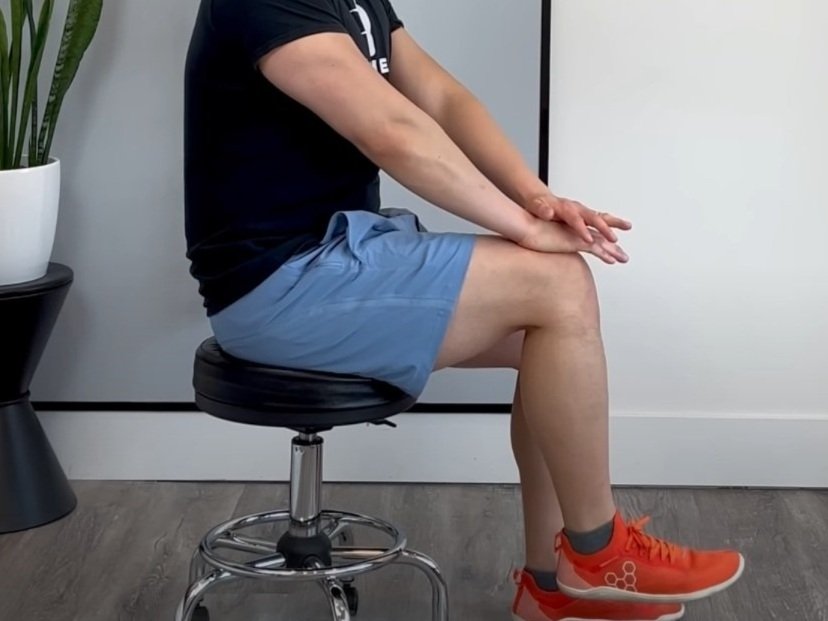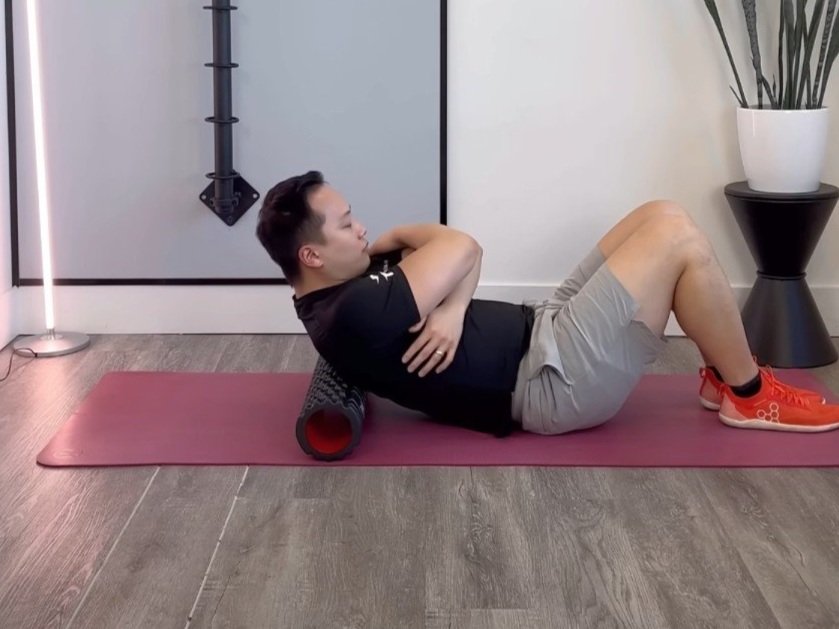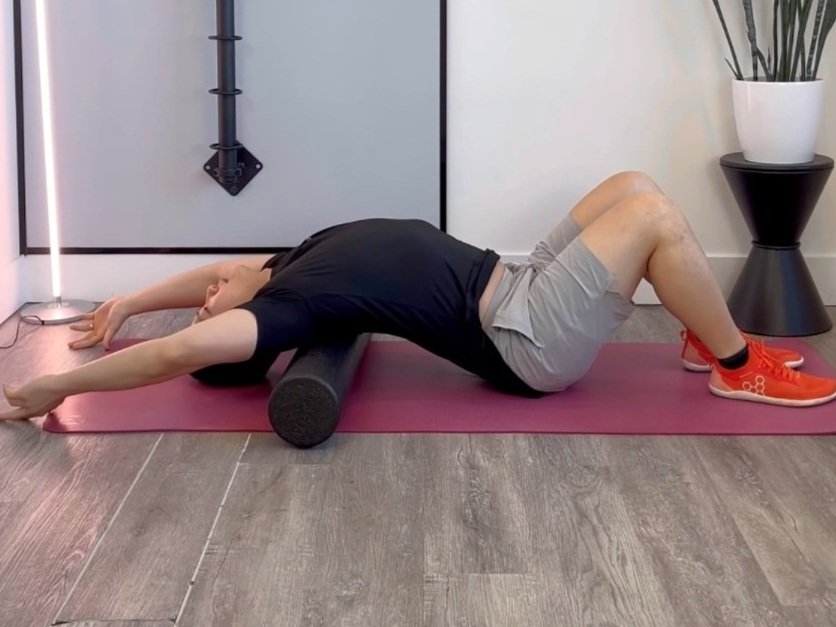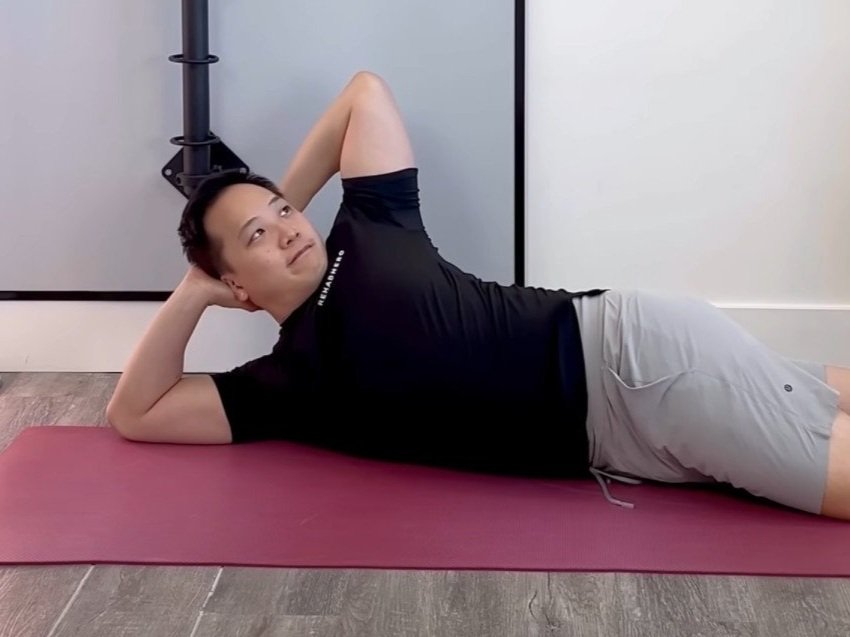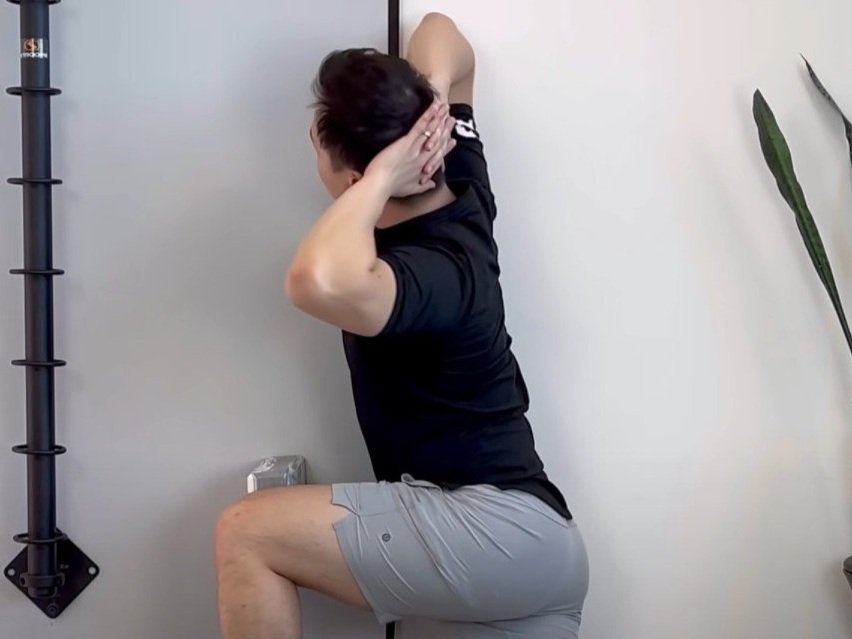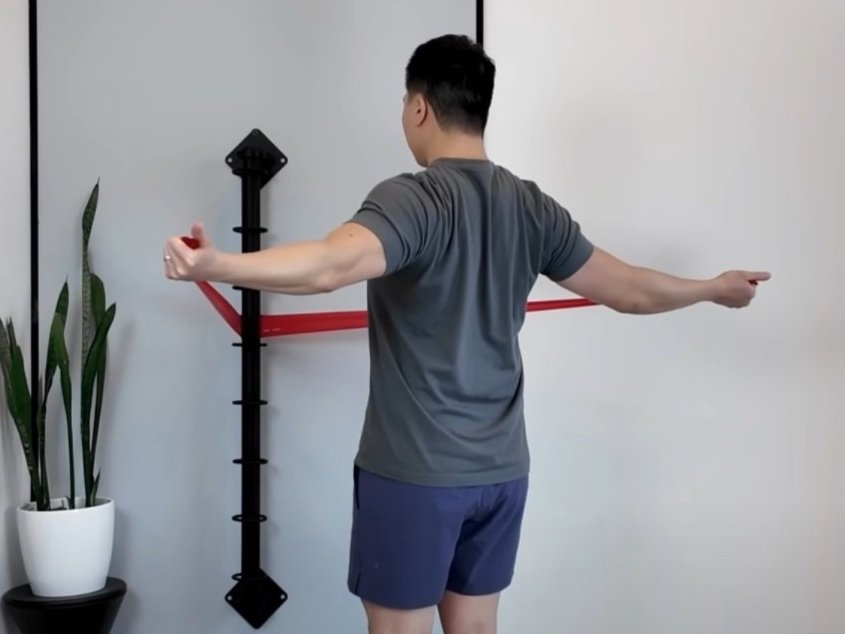5 THINGS YOU NEED TO KNOW ABOUT MOVEMENT (PT. 2&3/5) FLEXIBILITY & MOBILITY
Part 2 & 3 - Flexibility
& Mobility
What you need to know to succeed in the world of movement.
What is Flexibility?
Being flexible has many different definitions or interpretations, but the definition that resonates the most with me is “the available passive range of motion (PROM) of a single joint or collection of adjacent joints”. Essentially it is how far you can stretch with or without the help or assistance of external forces such as gravity, exercise bands, or assistance from another person.
Why is this significant?
This is significant because passive range of motion is a pre-requisite of… active range of motion! If you can’t get to a certain position with the help of external forces (because of limiting factors like tissue ‘tightness’), then you will also not get to those positions without the help of them. This is where things like soft tissue massage and stretching come into play to ‘open up’ your range of motion.
However, if you stop there, you are doing yourself a disservice. As mentioned above, FLEXIBILITY is the PASSIVE range of motion you have. This differs quite a bit from MOBILITY. I like to prescribe to the idea that mobility is “the available ACTIVE range of motion (AROM) of a single joint or a collection of adjacent joints”. Hence, mobility is more about controlling a range of motion, and flexibility is just about having it available.
I know that stretching improves flexibility, but how do I work on my mobility?
You can adapt almost any movement into a mobility exercise. Mobility training is about actively controlling the maximum available range of motion in a joint or collection of joint. It is about transferring in and out of different end ranges. In order to accomplish a good mobility session, 2 things are required. The first is joint stabilization, this is the ability for a joint to remain stable and pain free during an entire movement. Using the principles of joint centration, it is about maximizing articular surface area of both sides of the joint. Without this, movement inhibition kicks in, limiting your range of motion (as mentioned in Part 1). The second is of course, flexibility (as mentioned above). Once you have completed the task of having both, you can start to work on mobility.
A great example of a mobility exercise is prone swimmers (for your shoulders). This exercise is about challenging your ability to control your thoracic spine, scapulothoracic joint, and glenohumeral joint in unison. The “flexibility” training version of this would include passive supine thoracic extensions, pectoralis minor and major stretches, and deltoid stretches among other types of stretches. One requires you to fight against gravity, control maximal shoulder rotation, protraction/retraction, abduction/adduction and flexion/extension, while the latter uses assistive devices to anchor down a limb for easier stretching. This is the difference between mobility training and flexibility training. Although different, both are required for optimal performance.














